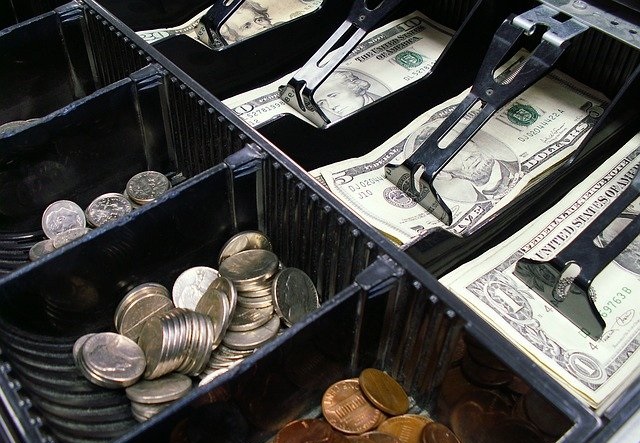Copyright © University of Cambridge. All rights reserved.
'Cashing Up' printed from https://nrich.maths.org/
Show menu

When you go into a shop, you might pay the shopkeeper with coins or notes. At the end of the day the shopkeeper has to look at the money in the till in order to count it up.
If the shop were in USA, the shopkeeper might find they have the following coins:
Fourteen 1¢ coins
Fifteen 5¢ coins
Twenty-eight 10¢ coins
Fourteen 25¢ coins
Twenty-four $1 coins
...and also a large number of dollar notes.
If the shop were in India, the shopkeeper might find they have the following notes:
Twelve ₹5 (rupee) notes
Thirty-two ₹10 notes
Eighteen ₹20 notes
Twenty-seven ₹50 notes
Four ₹100 notes
...and also a few rupee coins.
Which coin is the most common in the American shop?
Which note is the most common in the Indian shop?
The mathematical name for the most common item in a set of data is the 'mode'.
Can you think of a reason why the shopkeepers might be interested to know the modal number of coins?
You could search your room for collections of other things that can be sorted and then counted. You could then find the mode for them.